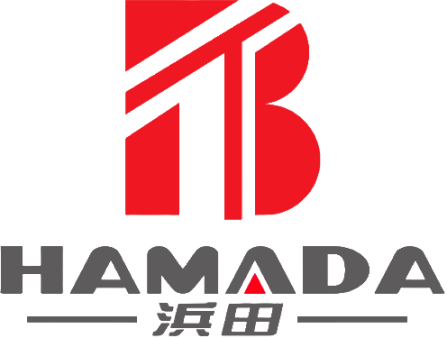Are Harmonic Drives Backdrivable? Understanding the Mechanism and Its Implications
Are Harmonic Drives Backdrivable
Harmonic drives are a type of gear system known for their high precision, compact size, and impressive torque capacity. Widely used in robotics, aerospace, and industrial automation, these drives offer exceptional accuracy and repeatability. However, a common question that arises is whether harmonic drives are backdrivable.
Backdrivability refers to the ability of a gear system to be driven in reverse—meaning the output shaft can drive the input shaft. In the case of harmonic drives, backdrivability is generally limited, and this is due to the unique way these drives function.
Harmonic drives operate using a flexible spline, a wave generator, and a rigid circular spline. The wave generator deforms the flexible spline, which then engages with the circular spline to create motion. This design allows for a high reduction ratio in a very compact space, making harmonic drives ideal for applications where space is limited, and precision is critical.
However, the very features that make harmonic drives so precise also make them difficult to backdrive. The high reduction ratios and the friction within the drive components contribute to resistance when attempting to drive the output shaft in reverse. This characteristic can be advantageous in applications where holding torque is important, as it prevents unwanted movement when the system is not powered.
While harmonic drives are not typically backdrivable, there are some exceptions depending on the specific design and application. In certain cases, where lower reduction ratios or modifications are used, some degree of backdrivability can be achieved. However, this is not the norm, and engineers typically choose harmonic drives for their precision and torque capacity rather than for backdrivability.
In conclusion, harmonic drives are generally not backdrivable due to their high reduction ratios and internal friction. This characteristic, while limiting in some contexts, is often a desirable feature in precision applications where stability and accuracy are paramount. Understanding this aspect of harmonic drives is crucial when selecting the right gear system for your specific needs.
 English
English Español
Español Português
Português русский
русский français
français 日本語
日本語 Deutsch
Deutsch Tiếng Việt
Tiếng Việt Italiano
Italiano Nederlands
Nederlands ไทย
ไทย Polski
Polski 한국어
한국어 Svenska
Svenska magyar
magyar Malay
Malay বাংলা
বাংলা Dansk
Dansk Suomi
Suomi हिन्दी
हिन्दी Pilipino
Pilipino Türk
Türk Gaeilge
Gaeilge عربى
عربى Indonesia
Indonesia norsk
norsk اردو
اردو čeština
čeština Ελληνικά
Ελληνικά Українська
Українська Javanese
Javanese فارسی
فارسی தமிழ்
தமிழ் తెలుగు
తెలుగు नेपाली
नेपाली Burmese
Burmese български
български ລາວ
ລາວ Latine
Latine Қазақ
Қазақ Euskal
Euskal Azərbaycan
Azərbaycan slovenský
slovenský Македонски
Македонски Lietuvos
Lietuvos Eesti Keel
Eesti Keel Română
Română Slovenski
Slovenski मराठी
मराठी Српски
Српски
What is the Difference Between Harmonic Reducer and RV Reducer?
In the world of industrial motion control, precision gear systems are essential for achieving high efficiency, accuracy, and performance. Among the various gear types, harmonic reducers and RV reducers (also known as robotic reducers) are two of the most commonly used in applications such as robotics, automation, and aerospace. While both serve similar functions—providing torque reduction and motion control—they operate through different mechanisms and offer distinct advantages. Understanding the differences between these two types of reducers can help engineers and manufacturers choose the right system for their specific needs.
Read MoreWhat is the Function of Harmonic Gear?
The harmonic gear, a core component of harmonic drive systems, plays a pivotal role in modern motion control and precision machinery. Unlike traditional gears, which use conventional tooth profiles for power transmission, harmonic gears rely on a unique mechanism to achieve high torque output, compact size, and minimal backlash. These distinctive features make harmonic gears indispensable in industries requiring precision and reliability, such as robotics, aerospace, medical equipment, and industrial automation.
Read MoreWhat is a Harmonic Reducer?
A harmonic reducer, also known as a harmonic drive, is a highly specialized gear mechanism designed for precise motion control, delivering high torque, compact size, and exceptional efficiency. This innovative gearbox system stands out for its ability to transmit large amounts of torque while maintaining a low profile and offering excellent positioning accuracy, making it a popular choice in a variety of industries.
Read More